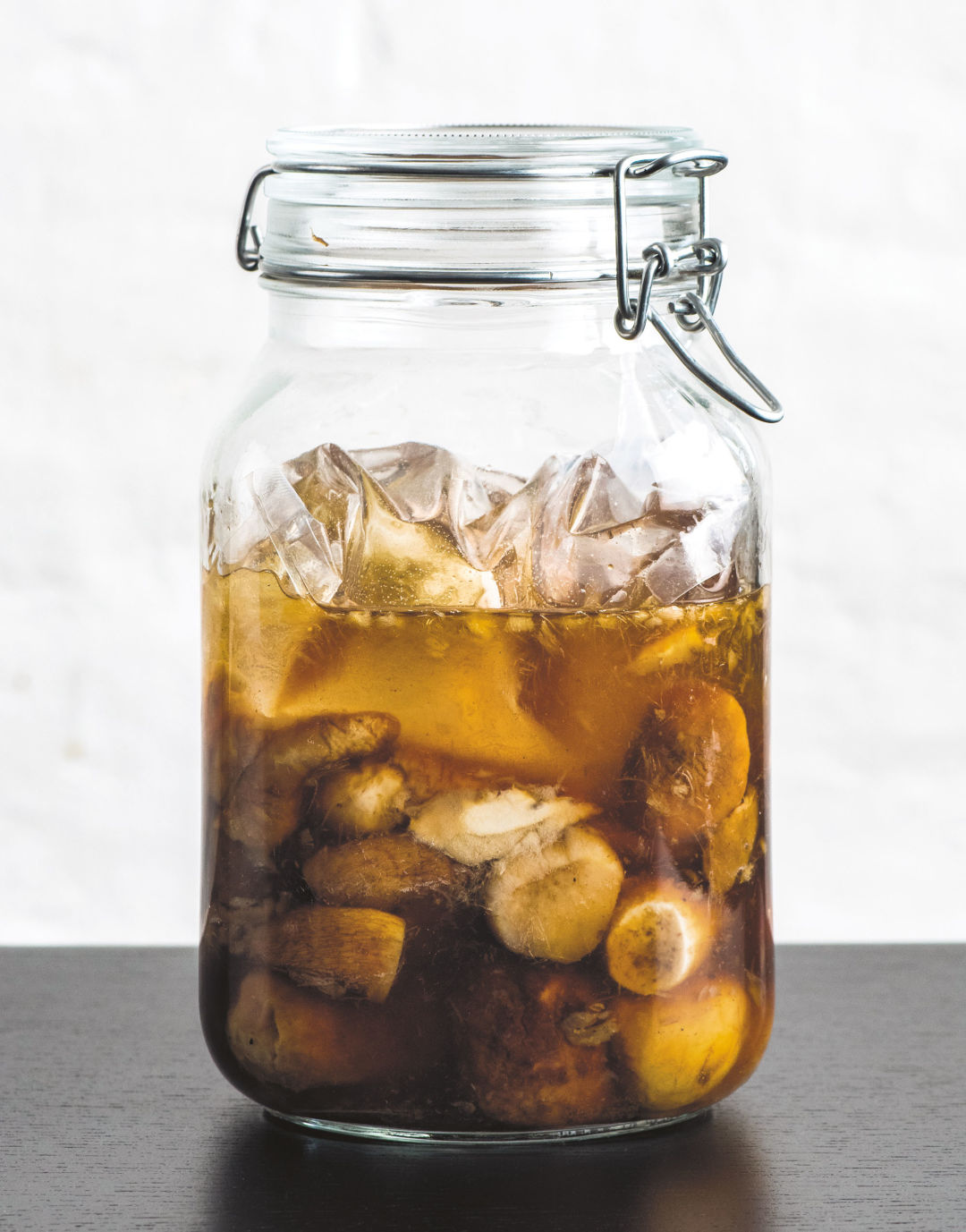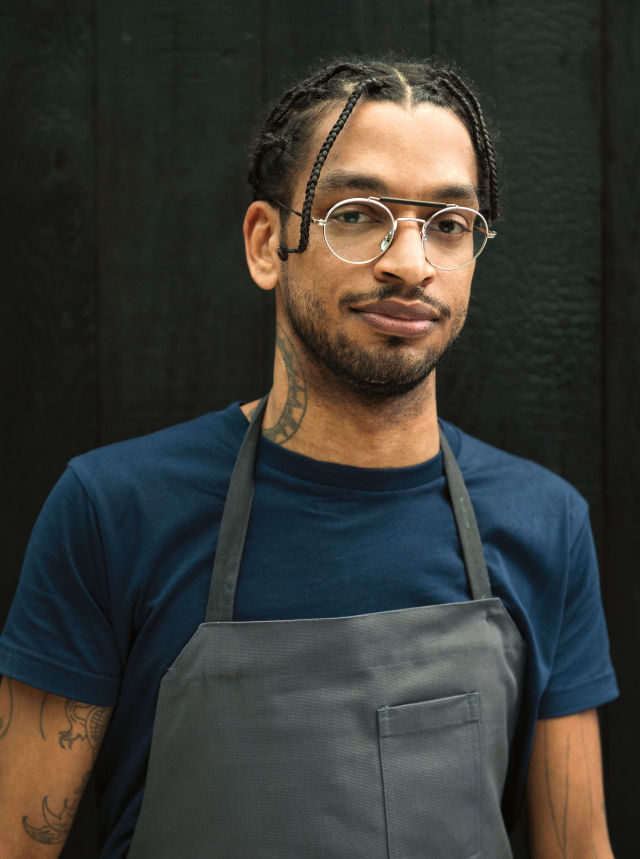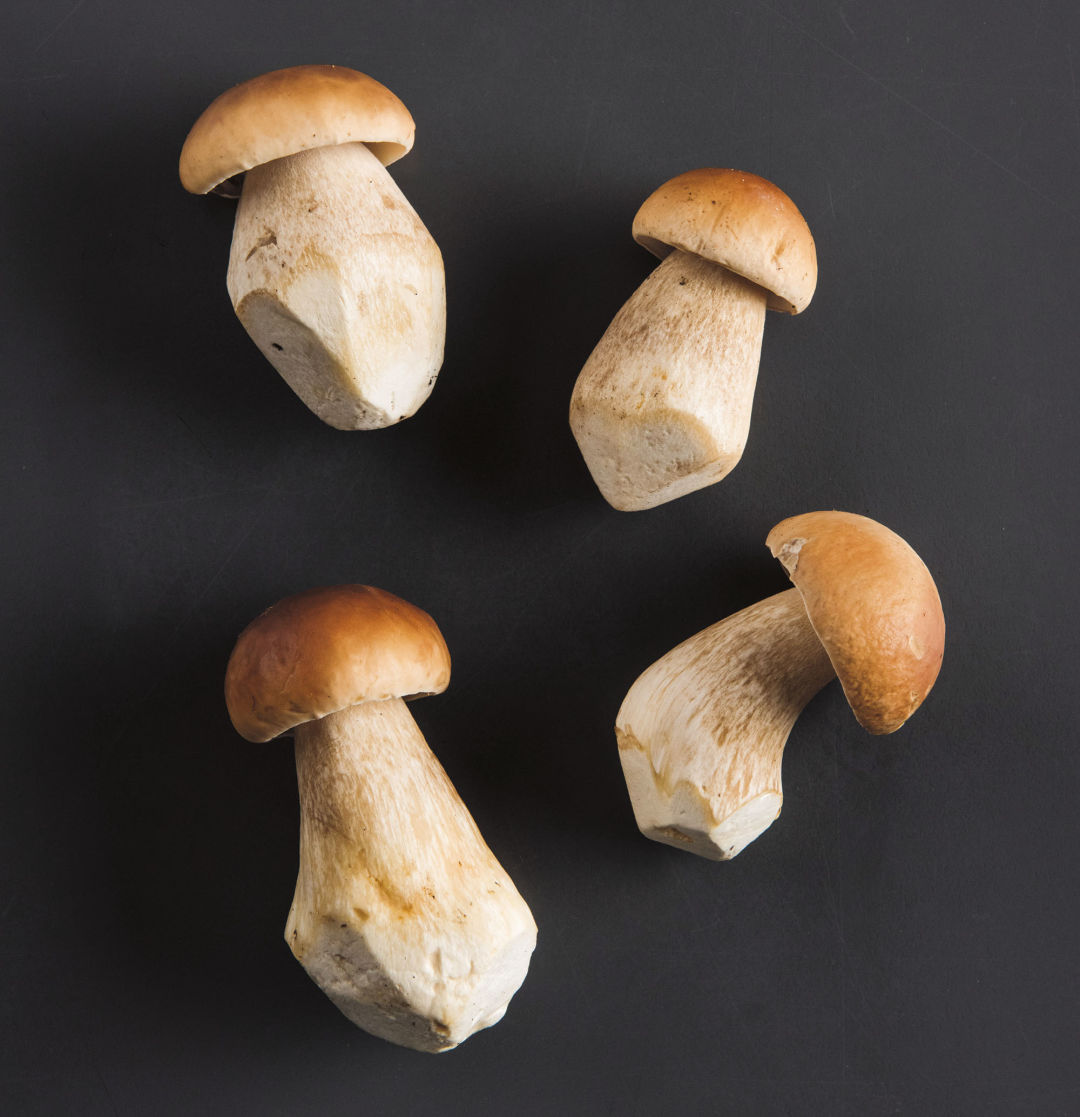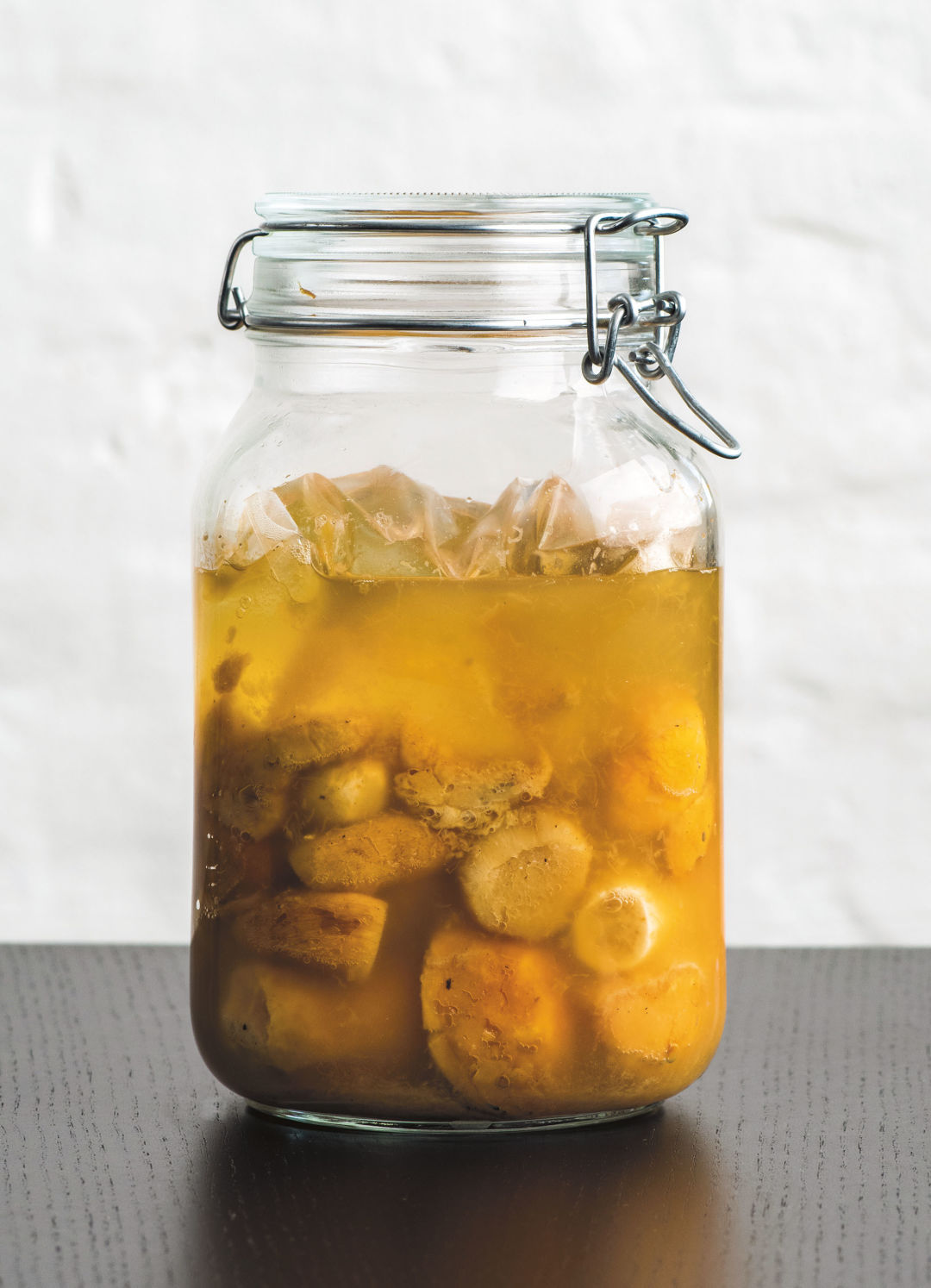Make Noma's Umami Bomb Mushrooms in Your Home Kitchen

Pickled mushrooms, day 1 (recipe below)
Image: Courtesy Evan Sung
The funk emanating from the Pearl’s Ecotrust building every October is enough to send most bystanders running. Unless, of course, you’re visiting for the Portland Fermentation Festival, one of the city’s most ... well, Portland events: nonprofit, volunteer-run, and deliciously ripe with bubbling crockpots. For a decade now, a mix of pro and home picklers, miso-makers, and kombucha mamas, as well as hungry fermentation fans, have met up each fall to taste-test each other’s fizzy, funky wares. (See our insider tips on three locals to look out for at this year's festival.)
For its 10th year, the small-but-mighty congregation snagged David Zilber,“director of fermentation” at Noma, arguably the world’s most celebrated restaurant, as its keynote speaker. Let’s just say Zilber’s threshold for moldy things is a bit stouter than that of most folks at the lovingly nicknamed “Stinkfest.” (That's not to discredit Nat West of Reverend Nat’s Hard Cider, who once bought a cider steeped with salami-mold-covered leg of lamb). At his high-end-shipping-container fermentation lab in Copenhagen, Zilber has tried everything from fermented pig’s blood (a resounding failure) to fermented grasshopper butter (success!).

Noma's David Zilber
Image: Courtesy Evan Sung
While many of Zilber’s recipes, beautifully laid out in his 2018 cookbook, The Noma Guide to Fermentation, require temperature-controlled chambers and a pH meter, his basic recipe for lacto-fermented mushrooms simply requires salt and a few days to work its magic. The same lactic acid bacteria that transforms sour pickles, sauerkraut, and yogurt morphs Pacific Northwest fungi, chanterelles to lobster mushrooms, into salty, mouthwatering umami bombs. But the real treasure is the brine. As Zilber explains in his book, “It’s like a Swiss Army knife for us in the Noma kitchen. It has a balance and funk that really electrify anything it touches.” Portland Fermentation Festival takes place 6–9:30 p.m. Thursday, October 10, at Ecotrust

Image: Courtesy Evan Sung
Freeze 1 lb cleaned mushrooms (porcini, chanterelle, shiitake, and oysters are all great) for 24 hours. This helps with the liquid extraction when they defrost.
Mix roughly 1 tbsp kosher salt (or 2 percent of mushroom weight, if you are
using a scale) and the mushrooms together in a bowl. Transfer to a glass jar or crock (a quart-size mason jar works well), scraping all the salt from the bowl into the container. Weight the mixture down with a zip-top bag filled with water and sealed in a second bag in case of leakage. Screw a lid on the vessel loosely, so that expanding gas can escape.
Ferment the mushrooms in a warm place out of direct sunlight until they have released much of their liquid, and the brine has yellowed slightly and soured nicely—roughly a week at room temperature. (But start taste-testing after a few days.)
Strain the brine through a fine-mesh sieve lined with cheesecloth. The mushrooms and their juice can be stored in separate containers in the refrigerator for a few days without souring further, or frozen indefinitely. Use the mushrooms (sparingly) in anything from pastas to stir-fries, and the juice (sparingly) as a potent vinaigrette booster.

The pickled mushrooms, Day 4
Image: Courtesy Evan Sung




